
Ria Formosa Natural Park, located in the south of Portugal (in the Algarve region), is an exceptional sanctuary for migratory birds. Covering around 18,400 hectares of lagoons, salt marshes, barrier islands and coastal dunes, it’s a true natural patchwork where land and sea intertwine as far as the eye can see. This park offers an ideal habitat for hundreds of species.
Every year, thousands of birds choose Ria Formosa as a stopover during their migrations between Europe and Africa, or as a place to rest and reproduce. Among its most emblematic species are the flamingo, the elegant avocet, the cattle egret, the curlew, and the osprey (personally, I couldn’t identify them all, but let’s be honest, with names like these, they must look magnificent !).
The unique combination of mild weather all year round, calm waters, food-rich wetlands, and protected landscapes makes Ria Formosa a strategic point for migratory birds. The barrier islands and dunes, meanwhile, allow birds to nest safely, far from predators and city noise. Here, even the wind seems to whisper.
The natural park stretches along Portugal’s southern coast, covering the municipalities of Faro, Olhão, Tavira, Loulé, and Vila Real de Santo António. It’s easily accessible from Faro (the capital of the Algarve) or other coastal towns. The area includes several beautiful main islands (Culatra, Farol, Armona, and Deserta) each offering different landscapes and unique viewpoints for amateur and experienced birdwatchers alike. A little tip: don’t forget your camera, every sunrise here deserves a full memory card.
How to visit the natural park
Boat excursions
To explore the lagoons and observe the birds without disturbing them, several local operators offer guided boat tours.
Formosamar: cruises to the islands and birdwatching trips with naturalist guides (I’ve tried them and highly recommend it, they know Ria Formosa like the back of their hand !)
Rota das Ilhas: tours combining a scenic boat trip through the park with a typical onboard lunch, allowing you to observe bird colonies from the sea.
Water taxis are also available from Cabanas de Tavira throughout the day, taking you to the different islands of Ria Formosa Natural Park. And if you enjoy improvising, nothing stops you from hopping off on an island, dipping your feet in the water, and catching the next boat.
On foot or by bike
Marked trails allow visitors to discover the park’s flora and fauna. Walking routes lead to bird observatories, wetlands, and protected dunes, perfect for those who like to take their time. There are also cycling paths, ideal for renting a bike, getting some exercise, and watching the birds, a perfect balance between cardio and contemplation!
Birdwatching
Ria Formosa is home to more than 250 bird species throughout the year, with over 30 migratory species passing through.
- Flamingo : famous for its vibrant color, best seen in autumn and winter.
- Avocet : a graceful bird with long legs and a curved beak, present all year round.
- Cattle egret : common in marshes and lagoons.
- Curlew : visits the park during migration.
- Osprey : a fish-eating raptor, mainly seen in winter.
- Dunlin and black-winged stilt : small wading birds that feed in the wetlands.
The observatories, equipped with binoculars and educational panels, make it easy to identify these species and learn more about their biology, migration cycles, and feeding habits. And for those who aren’t experts, don’t worry, everyone eventually learns to spot a flamingo (it’s always the most photogenic one, of course!).

What to do in the park
Water activities
Kayak and paddleboarding: rent a kayak or paddleboard to explore the canals and lagoons while respecting the local wildlife. And above all, don’t do what I did, wear sunscreen (SPF 50 minimum), or you’ll end up lobster-red… authentic, but painful !
Sustainable fishing : in some areas, small-scale fishing is allowed, but under strict regulations to protect the birds and the ecosystem. Here, you either fish responsibly, or not at all.
Cultural and culinary discoveries
Seafood markets in Olhão: taste oysters, shrimp, and fresh fish at Olhão’s covered market, a real feast for the senses (and for the eyes too !).
Some restaurant ideas to try like Restaurante da Ria Formosa (traditional cataplana and seafood dishes) ; Cervejaria Olhão Marisco (grilled fish and oysters with views over the park) ; and EPICUR Wine Boutique & Food (Faro), serving refined Portuguese dishes and local wines.
A little bonus : on some evenings, the sunset over the harbor is worth the reservation alone.
Guided observation
Several associations and naturalist guides offer guided tours to help visitors better understand biodiversity, conservation techniques, and the ecology of wetlands. A fascinating (and peaceful) way to learn while wandering.
Practical information
Best time to visit : from March to May in spring, and from September to November in autumn.
Recommended gear : binoculars, camera, comfortable shoes, sunscreen, and plenty of water.
Ideal duration : one full day is perfect to explore several islands and observation points. For true bird lovers, two days will let you spot even more species… but let’s be honest — once you’re there, you won’t want to leave (tested and approved !).
Respect the environment : stay on marked trails, don’t feed the birds, and avoid nesting areas.
Where to stay nearby
To fully enjoy the park, several options await you like Blossom Vila Real (Faro) with quick access to observation areas ; Hotel Eva (Faro) is ideal for an urban stopover, just a short walk from the park ; and Quinta do Lago for a more luxurious stay, close to walking trails and observatories.
A little extra : sleeping here often means drifting off to the sound of the wind and gentle water, simple bliss.
Why Ria Formosa is unique for birds
This magnificent natural park, located along the migratory route between northern Europe and Africa, is a vital passage for birds. Its nutrient-rich wetlands provide food and rest after long migratory flights. The barrier islands protect them from predators and human activity, creating a safe haven for breeding and wintering.
Ria Formosa Natural Park is a true paradise for migratory birds and an unmissable destination for nature lovers. But even without binoculars, it charms everyone, dreamers, photographers, Sunday walkers… basically anyone who knows how to look up and take it all in. With its lagoons, landscapes, and unforgettable excursions, it offers a rich and complete experience.
Whether you’re a birdwatcher, a photographer, or simply a curious traveler, Ria Formosa promises memorable discoveries and a unique immersion into the Algarve’s coastal ecosystem. And believe me : after a day here, you’ll understand exactly why the birds keep coming back year after year.
Share this article
Suggested articles
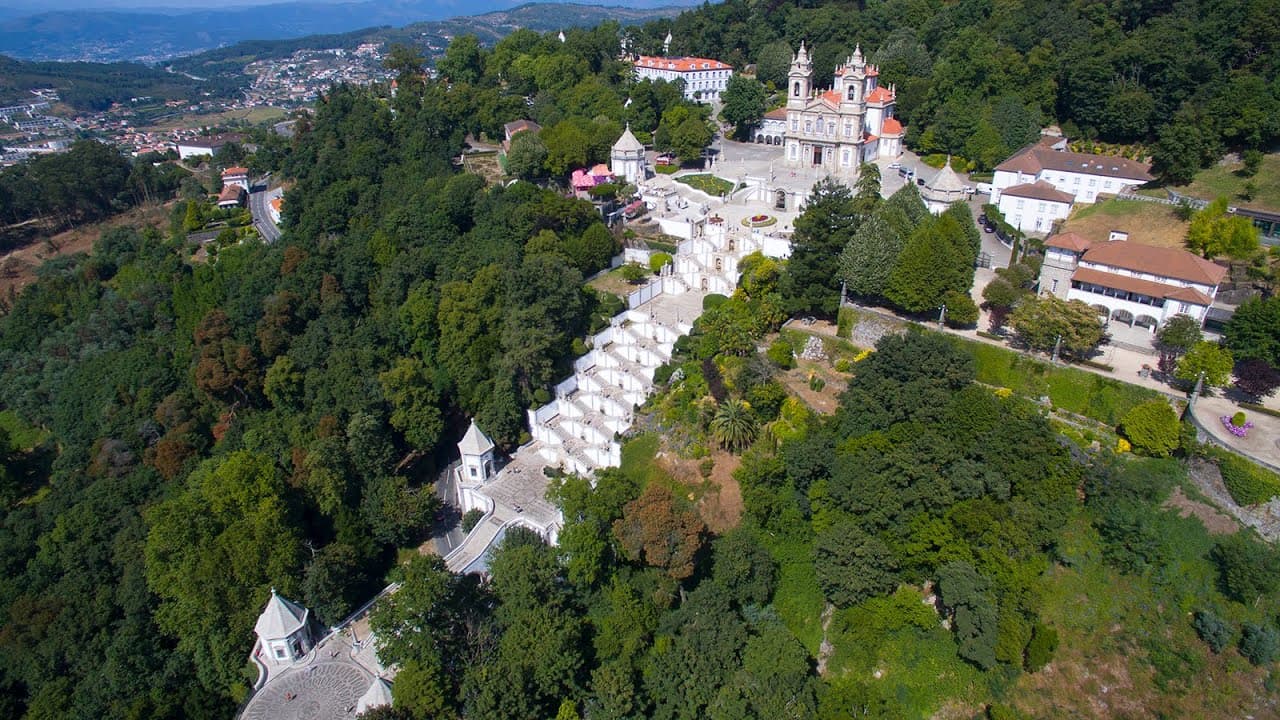
Sanctuary of Bom Jesus do Monte
Perched high above Braga, in the parish of Tenões, the Sanctuary of Bom Jesus do Monte is a place where devotion, spectacular architecture, and breathtaking views come together! This iconic site of northern Portugal has been recognised as a UNESCO World Heritage site since 2019. We’ll guide you through all the practical details, local anecdotes, and insider tips to make the most of your visit.

Natural Park of Serras de Aire and Candeeiros, between caves and dinosaurs
Imagine yourself walking along winding trails, surrounded by towering limestone formations, listening to the birds singing and the murmuring of streams… pleasant, isn’t it ?
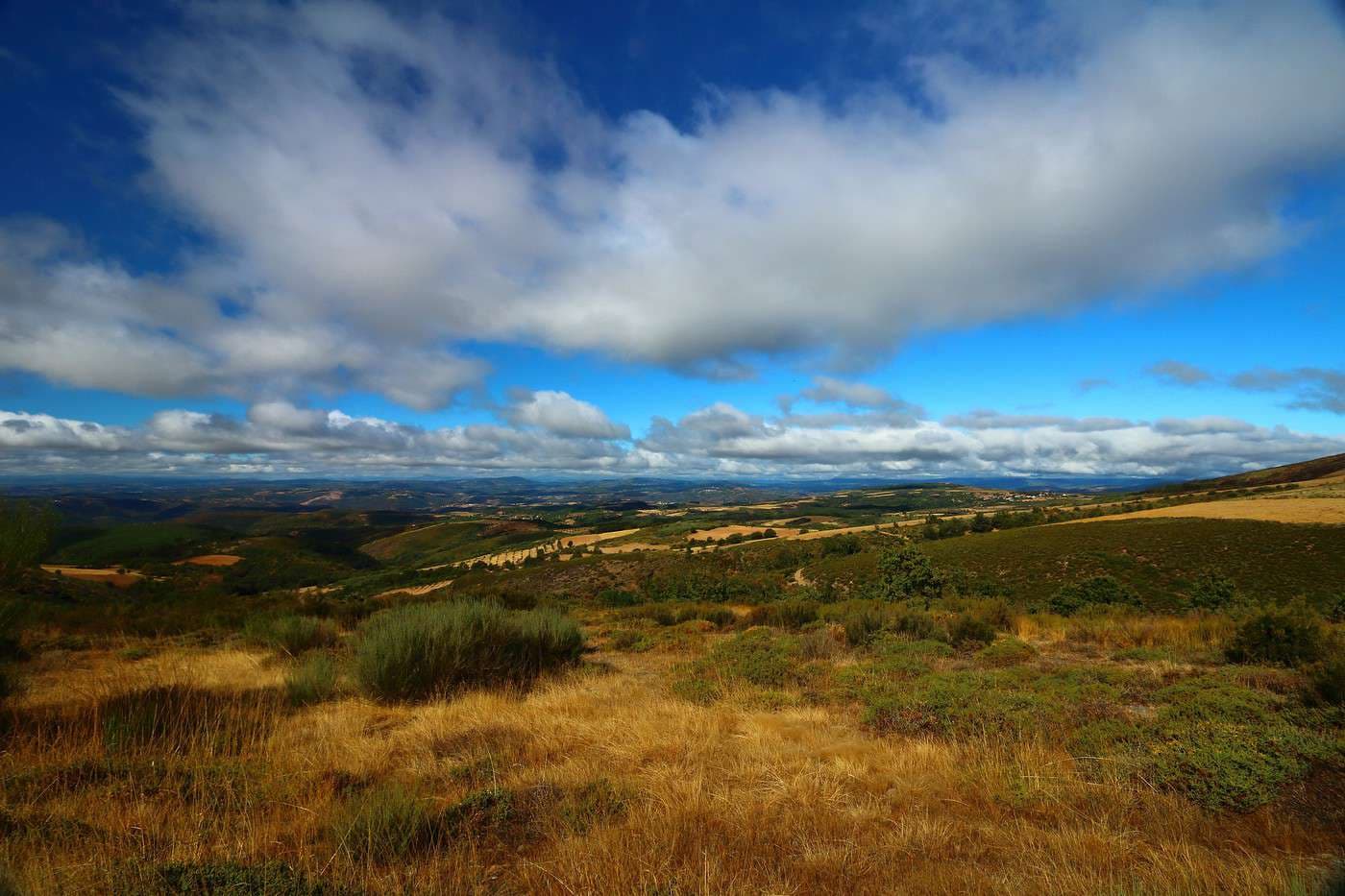
Montesinho Natural Park, rural and authentic Portugal
Portugal is often associated with its sun-drenched beaches, lively cities like Lisbon or Porto, or the gentle charm of the Algarve. And yet, in the northeast of the country, lies a region still little-known to most travellers: Trás-os-Montes. It’s here that you’ll find the Montesinho Natural Park, a vast protected area of over 75,000 hectares, created in 1979, and one of the largest in Portugal. Here, nature reigns supreme… yet coexists peacefully with traditional villages and locals who preserve an authentic rural way of life. It’s a unique destination for anyone wishing to discover a wilder, more genuine Portugal, and one that feels a little outside of time… in short, a breath of fresh air far from the crowds, just what we all need !
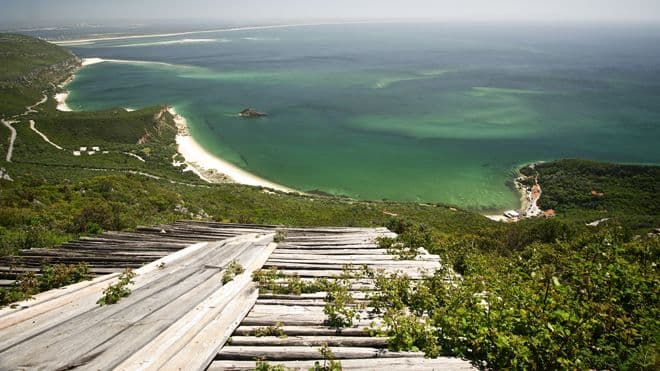
Arrábida Natural Park, between sea and mountain
This magnificent natural park, located on the southern coast of Lisbon, is a true gem of Portugal. Stretching over nearly 10,000 hectares, it combines lush green mountains and crystal-clear beaches, offering a unique panorama where the sea quite literally embraces the hills. Whether you’re a nature lover, a hiking enthusiast, or simply looking for a peaceful (and inspiring) place to escape, Arrábida is THE must-see destination. Composed of spectacular landscapes and history, this natural park is a true concentration of biodiversity that attracts visitors from Portugal and beyond every year !
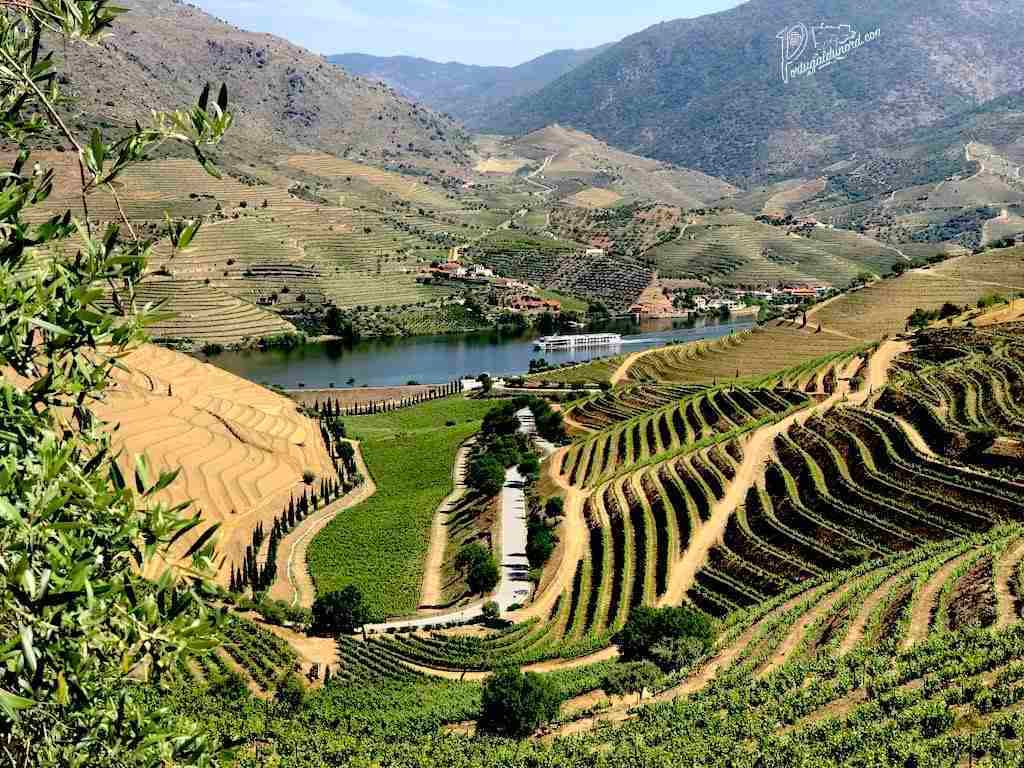
Douro International Natural Park, the Wild Frontier
In the northeast of Portugal, where the River Douro draws a natural border with Spain, lies one of the country’s most breathtaking natural parks : the Douro International Natural Park. Created in 1998, this protected area covers nearly 85,000 hectares and follows the course of the Douro for over a hundred kilometres. Still little-known among travellers, it remains an authentic destination where wild nature blends seamlessly with the age-old traditions of the border villages, a place so peaceful you’ll feel time itself has slowed down.
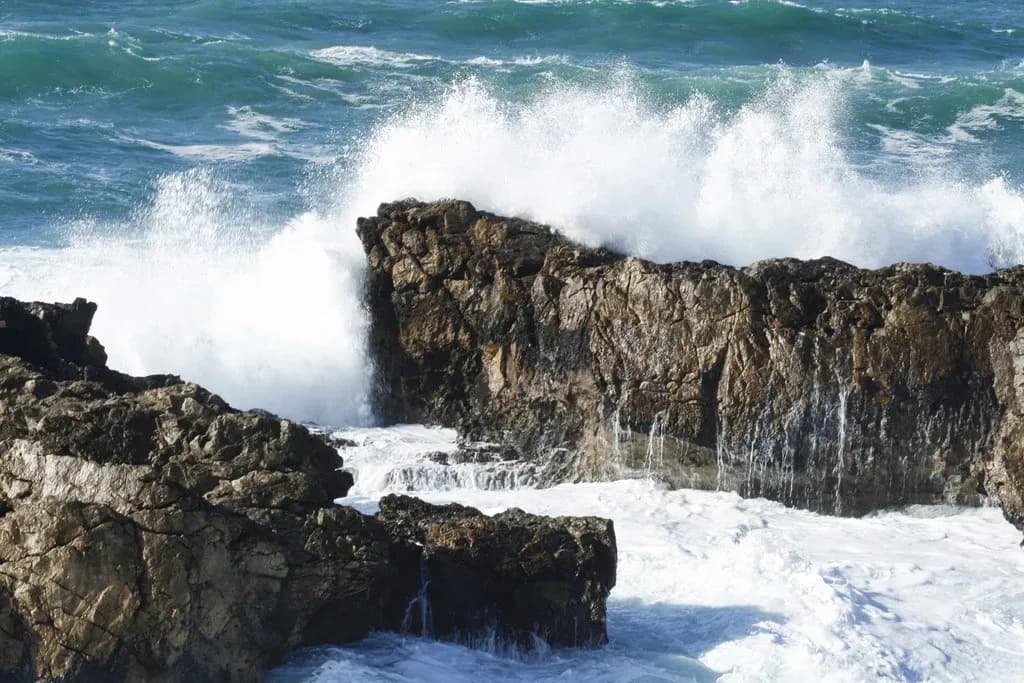
Sintra-Cascais Natural Park, between magical forest and cliffs
Located about 30 km from Lisbon, the Sintra-Cascais Natural Park is a true invitation to escape. Classified as a natural park since 1994, it stretches over around 14,500 hectares and offers a great variety of landscapes: mountains, lush forests, wild beaches and dizzying cliffs. It’s a place where nature and history seem to have made a pact… between fairytale palaces and the salty breath of the Atlantic.


